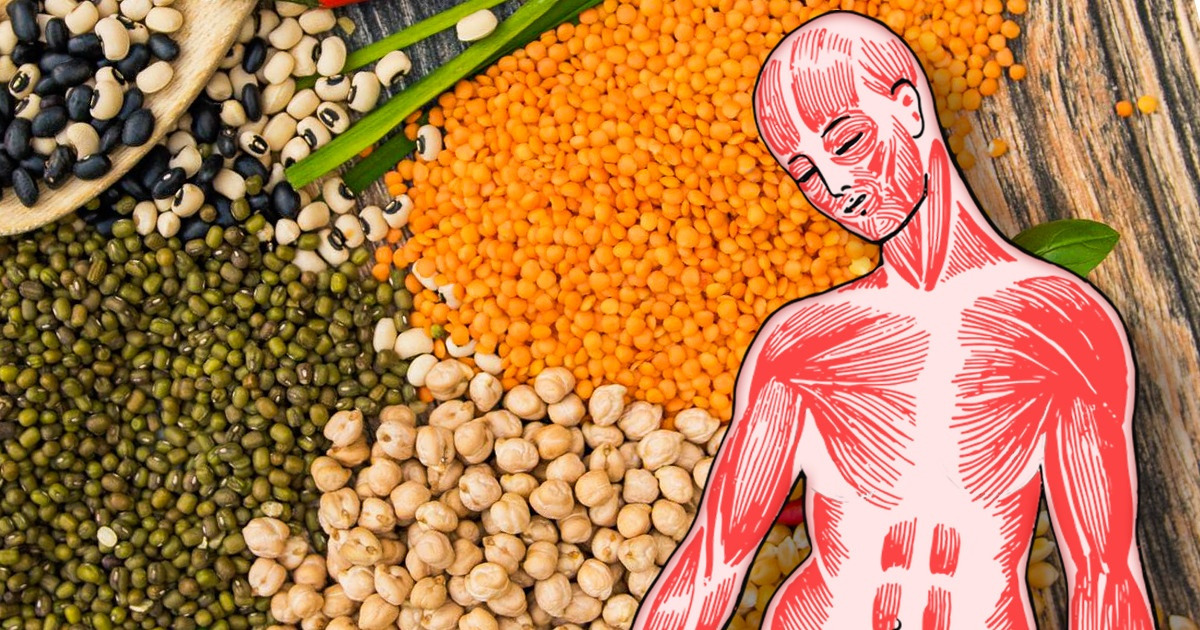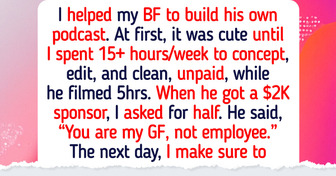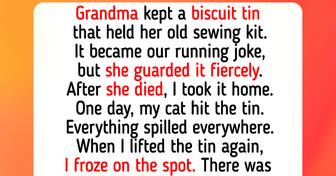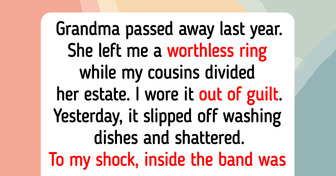I Refused to Work on My Vacation, Even Though “Millions Were at Stake”


Lately, grains have gotten a bad reputation because many people think about grains as carbs and carbs as a way to gain weight. Well, it’s not that simple, and it’s not that complicated either. Some grains will actually help you to lose or maintain the perfect weight, while some will do the exact opposite. The trick is to choose the right type of grain. And, don’t miss our very special bonus.
We at Bright Side are always searching for tips to stay healthy and want to share this article with you.
Carbs and fiber are essential for our body to function well and grains provide both. Carbs give us energy while fiber is definitely helpful for weight loss. Fiber is practically an indigestible carbohydrate, meaning that foods that contain it have fewer calories than the same amount of other carbs. Foods that are high in fiber fill you up faster and suppress your appetite, which makes them great for weight loss.
To start, we should remember that the same grain can have very different properties depending on how it was processed and understanding this is very critical.
Generally speaking, you should choose whole grains, high in fiber, with a low Glycemic Index (GI), because the more vitamins and minerals it has, the healthier it is.
Oats are very high in avenanthramide, an antioxidant that protects the heart. The fiber in oats is the beta-glucan fiber. It is known for its ability to absorb a lot of water, which means that it swells in your stomach, increasing the feeling of fullness. Generally speaking, oats are a great food for losing weight and keeping it off, as long as you keep an eye on the add-ons.
Brown rice is rich in so many vitamins that it almost becomes a superfood. It has antioxidants, magnesium, phosphorus, and B-group vitamins, and is one of the very few products that are high in selenium. It is also very high in fiber, low in fat, and is low-density, meaning you feel full after eating a relatively small amount.
If you want to try something very different, red and black rice might be a good choice, both are considered whole grains and are high in antioxidants.
Researchers believe that rye has more nutrients per serving than any other whole grain. It has 4 times more fiber than standard whole wheat, 100-calories per serving, and it has nearly 50% of your daily recommended amount of iron.
Barley is excellent not only for losing weight but also for lowering the cholesterol level. When grocery shopping, make sure you get the whole-grain barley, not “pearled” which practically means refined.
Quinoa and buckwheat are great for people with celiac disease and gluten intolerance. Quinoa is also high in protein and very high in B-group vitamins and omega-3 fatty acids. Although quinoa is not low in calories, it has a low Glycemic Index, meaning it won’t cause a big spike in blood sugar.
Lentils are a unique grain because they’re really rich in protein and fiber, low in fat, and high in slow-digesting carbohydrates. A half-cup serving of lentils contains 20 grams of carbohydrates and 8 grams of fiber, meaning that 8 of the 20 grams of carbohydrates won’t get digested. On top of that, they’re loaded with B vitamins, zinc, iron, potassium, and calcium.
As you can see, you can easily find a yummy, healthy replacement for the grains that are listed below.
Refined grains are the ones you’ll want to stay away from. They only contain calories and don’t deliver any nutrition. Some whole grains with a high glycemic index are also not a good choice if you’re keeping an eye on your waistline.
White rice is a refined carbohydrate, high in calories, low in fiber, and hardly has any nutrition. It has a very high GI, so it turns into sugar very soon after you eat it and only fills you up for a short period of time.
Wheat can also be called a superfood. A superfood for gaining weight. It contains amylopectin A, a super starch which is extremely fattening. Wheat products are very high in calories, have a very high GI, and are very addictive, including the whole wheat products. According to researchers, just 2 slices of whole wheat bread can raise your blood sugar more than 2 tablespoons of table sugar.
Couscous may look like a whole grain, but the reality is it’s not much different than refined wheat. No nutrition, just calories.
This is grain goodness to the max. In this form, all vitamins and minerals that belong to this particular type of grain in the first place are at their absolute highest point.
Sprouting grains amplifies the grains key nutrients and makes it easier to digest. You can easily make it yourself.
Have you found something new and interesting in this article? Tell us in the comments below and make sure that you share it with your friends and family.











